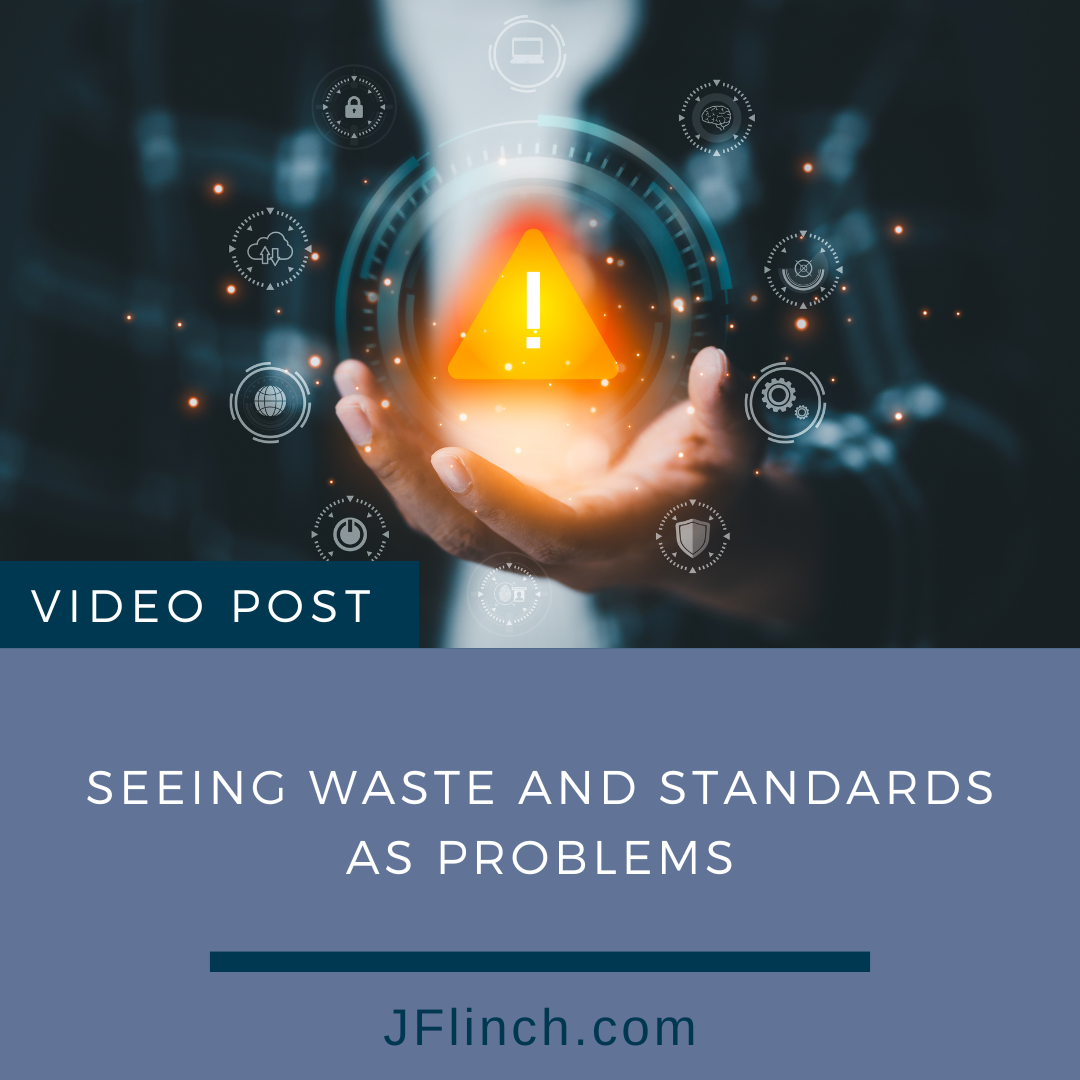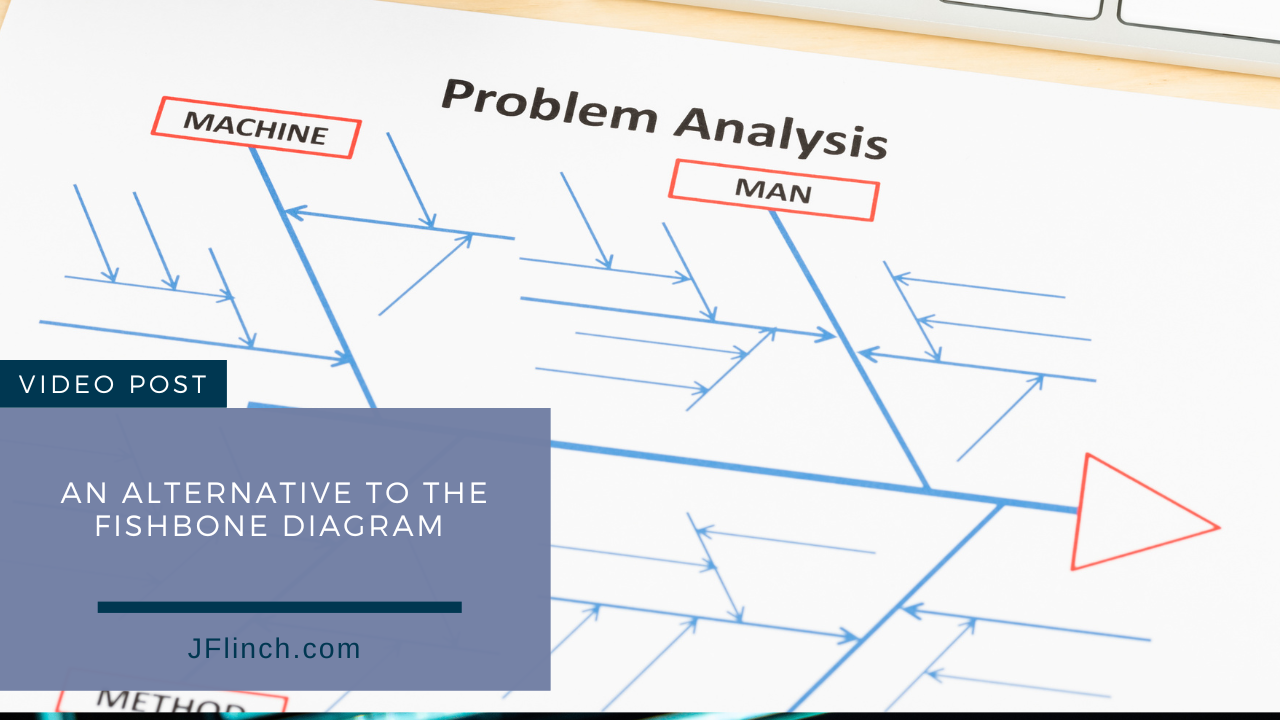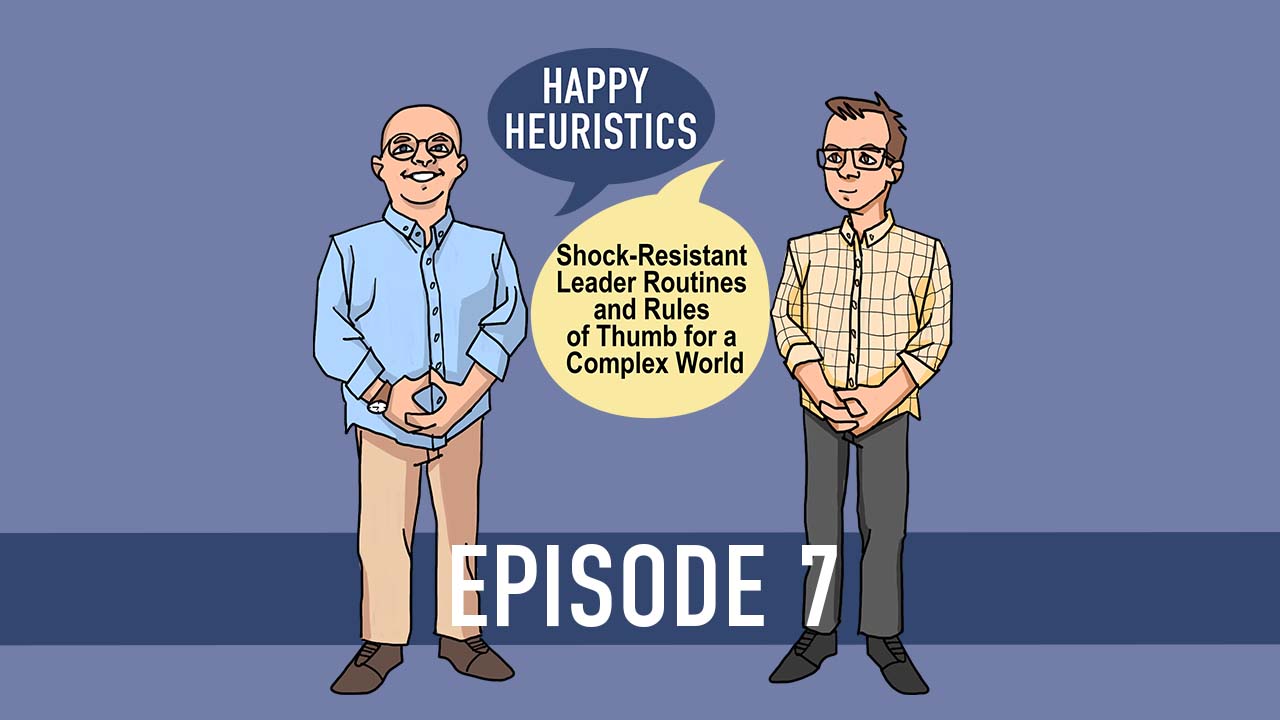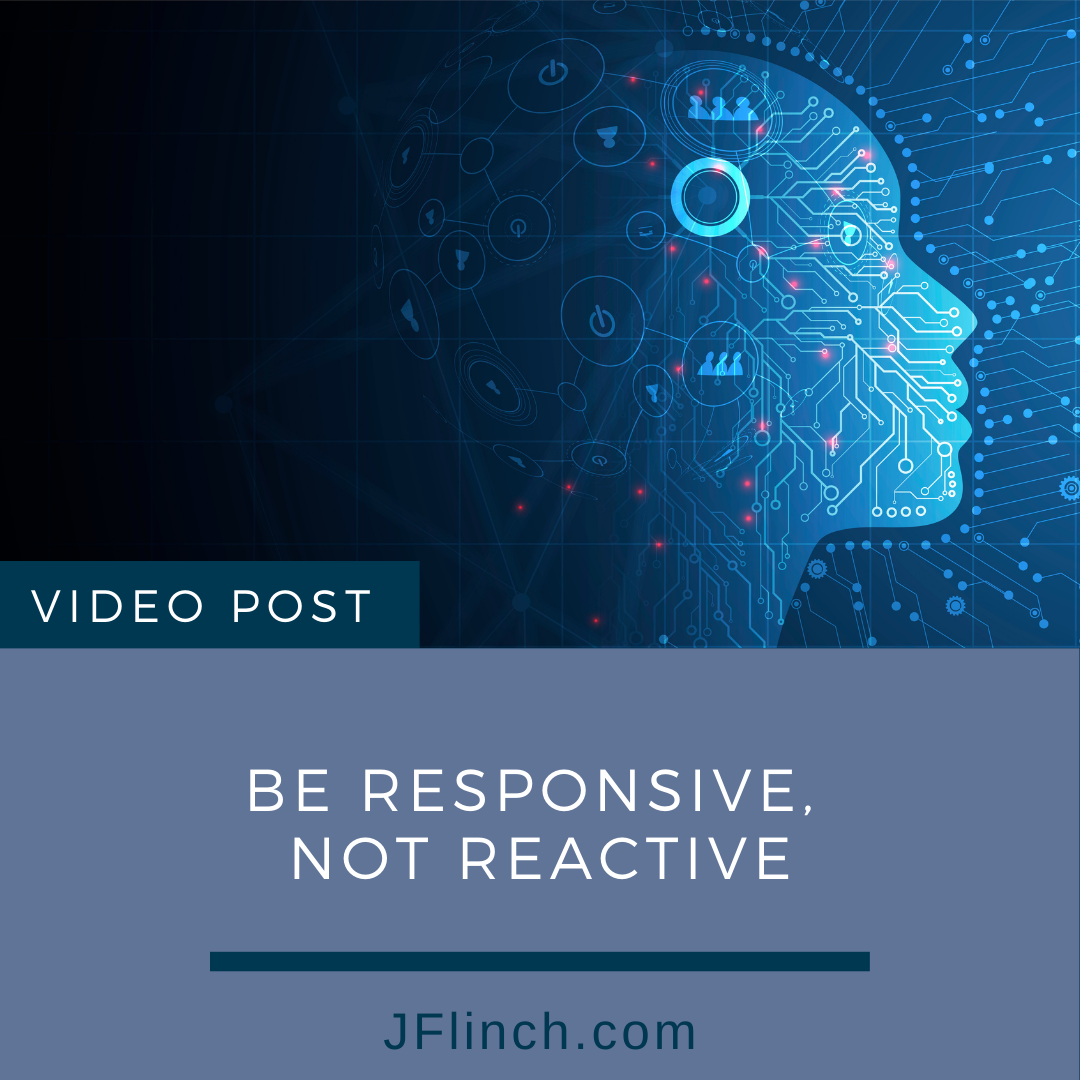
Seeing Waste and Standards As Problems
Why does problem-solving seem so different to many from waste elimination? Why is the creation of a standard such an act of sheer will rather than a set of skills? If we see the creation of standards and the elimination of waste as just different types, or specific types,
Read More
An Alternative to the Fishbone Diagram
The fishbone diagram is useful to help break down a problem and see many potential causes and contributing factors to a problem. But the traditional breakdowns don’t feel appropriate for many types of problems, especially large, complex, amorphous types of problems. This video suggests an alternative framework to overlap on
Read More
4 Mistakes in Establishing Clear Roles Through RACI
RACI is a well-known tool for helping to establishing clear roles, but it is often either avoided, or produces an underwhelming impact. RACI stands for Responsible, Accountable, Consult, and Inform. I believe the lack of effectiveness in using the RACI framework often comes down to 4 mistakes which I outline
Read More
Happy Heuristics Podcast Episode #7
Happy Heuristics is a podcast about using rules of thumb, decision criteria, or heuristics to help leaders operate with speed and effectiveness in a complex and uncertain world. Podcast partners Jamie Flinchbaugh and Jeff Grimshaw explore specific heuristics, one theme at a time, that you can either adopt or use
Read More
Abstraction and Precision in Standardization
Standardization is good, right? Well, it’s not quite that simple. We should standardize something because it helps us solve a problem, as I wrote about in Chapter 3 of People Solve Problems. Two variables in finding the RIGHT solution of standardization are the level of abstraction and the level of
Read More
Breaking Down the Problem
Problem-solving is always a battle to get more focused and specific in what gap we are trying to close. Both the capabilities of problem statements as well as breaking down the problems help us do this, but they are more than just steps in a problem-solving tool. I write about
Read More
Be Responsive, Not Reactive
Many organizations lost most of their momentum of continuous improvement and proactive problem solving throughout the pandemic, ending up forced into a stance of reactiveness. Many of those same organizations are struggling to climb out of that hole, especially where they are still fighting fires, such as those managing supply
Read More
The 3-legged 5 Whys
When I wrote the book “People Solve Problems,” I approached the book in a tool-agnostic way. As far as the book is concerned, I don’t particularly care which problem-solving tools you are using. However, tools do still matter (which I also make clear in the book). Here’s a tool that
Read More
Auditing Your Problem-Solving System
If you are an organization that does auditing or assessment, you should be looking at anything that’s important for success. This certainly should include your problem-solving. Whether you utilize Leader Standard Work, Layered Process Audits, or simply want to do an informal assessment, here are some things to think about
Read More
The Role of the Leader in a Problem Solving World
In “People Solve Problems,” I dedicate a whole section to the role of the leader. Whatever level of people-leader you find yourself in, this section of the book helps guide you to important aspects of your role. In this short video, I walk through a little bit of the role
Read More